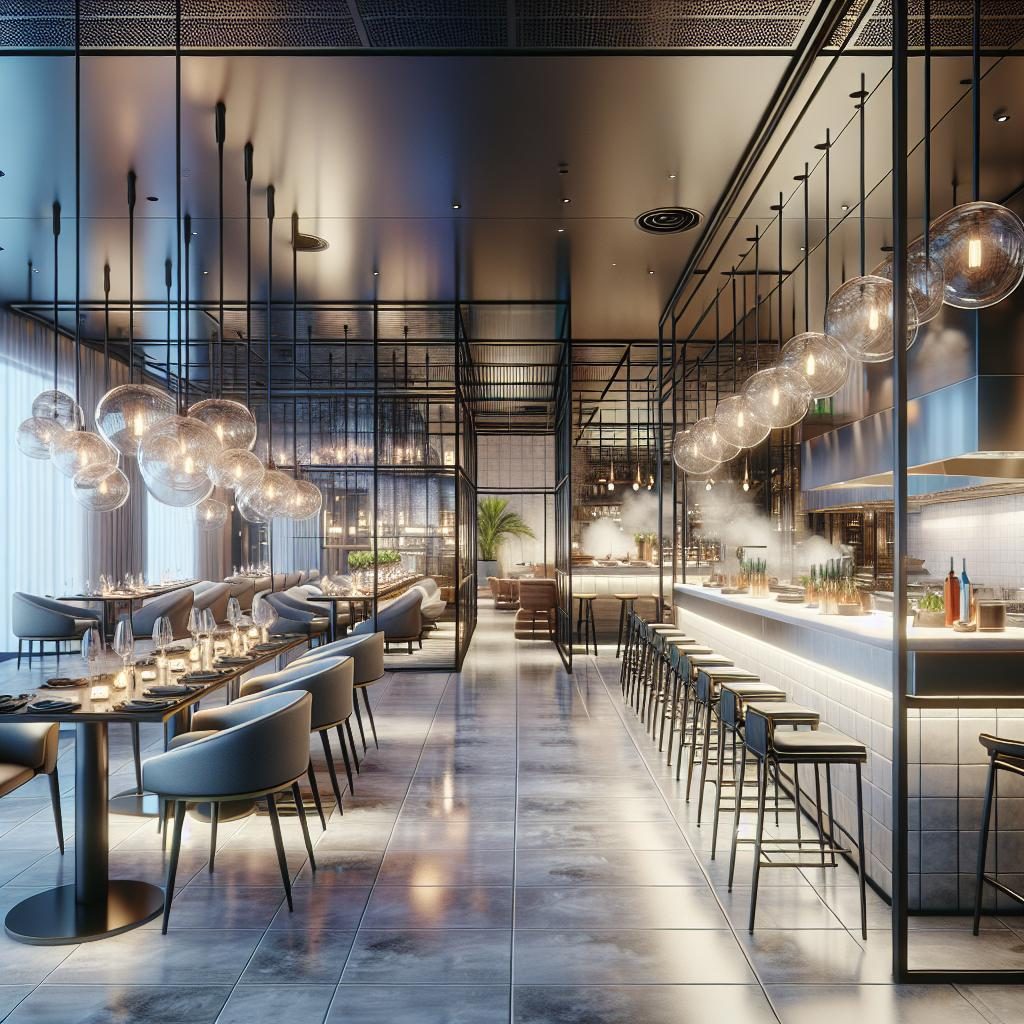Greenville Restaurant Real Estate Trends Lean on Hot Locations, Identity Ideals
The restaurant game is a recipe, and one of the key ingredients is where a restaurateur opens up shop. Similar to a dish with required ingredients that’s flexible in its execution, what the owner is looking for can vary. But there are certain aspects proprietors and real estate brokers repeatedly discuss when looking for locations.
Greenville County has seen pockets of development spring up in the last few years that ushered in new community hang-out spots. “There’s also an emphasis on doing something in the suburbs,” said Rakan Draz of Avison Young, noting neighborhoods like those along Laurens Road or in the Overbrook area. By opening in those areas, restaurants can cater to residents that may not want to trek too far from home to dine.
The Southernside neighborhood has seen the addition of Unity Park with The Commons in recent years. The area is now a hot spot for burgeoning restaurateurs, with business owners such as Premal and Sonal Desai taking their smaller-format concept, Indigo Kitchen, to the still-under-construction Phase II of the The Commons as a second location. Blaine Hart, senior vice president for CBRE Office Services in the Greenville-Spartanburg area, praised the development’s mixed-use capability. With the park surrounding the development, there’s something for everyone who visits.
Local restaurateurs are finding that green spaces adjacent to their businesses have become increasingly important. Tommy Molin, president of Greenville-based Anchor Retail Advisors, said the trend toward outdoor space may be a residual effect of the COVID-19 pandemic. That effect is compounded by the Prisma Health Swamp Rabbit Trail, which runs directly through the city’s center on its way from Travelers Rest toward, eventually, the Golden Strip. Molin said restaurants along the trail have done well.
Budgets and Identity
Another strong focus for restaurants is fleshing out an identity — painstakingly developing the aspects that make a concept stand out. The wish list is often tempered by its budget. The current trend is toward upfitted or second-generation restaurant space. With the rising cost of construction, it’s beneficial for an owner to take some of the bones of pre-existing restaurants and alter them to fit their concept.
When Greenville newcomers Rui Silva and Deanna Snow left California and began looking for a space for their neighborhood bar, Driftwood, they knew a brand-new space would stall opening and add expense, so they sought out something that already existed. “I always tell people, if you it’s your first business, find a place that has the most things that you could use right off the bat,” Silva said, giving examples like plumbing and electrical systems. Since the plan was for a drink-and-bites concept that wouldn’t need a full-scale commercial kitchen, the couple didn’t need the ventilation system many restaurants use. With a plan to maximize work-life balance and still be present at the bar when it was operated, the couple also didn’t want a huge footprint. In the end, they opted for a location in the Village of West Greenville: the former Growler Haus space on Lois Avenue, which was already fitted for a bar serving light eats. As a plus, the space came with outdoor seating and an adjacent parking lot — a rare commodity in that district.













